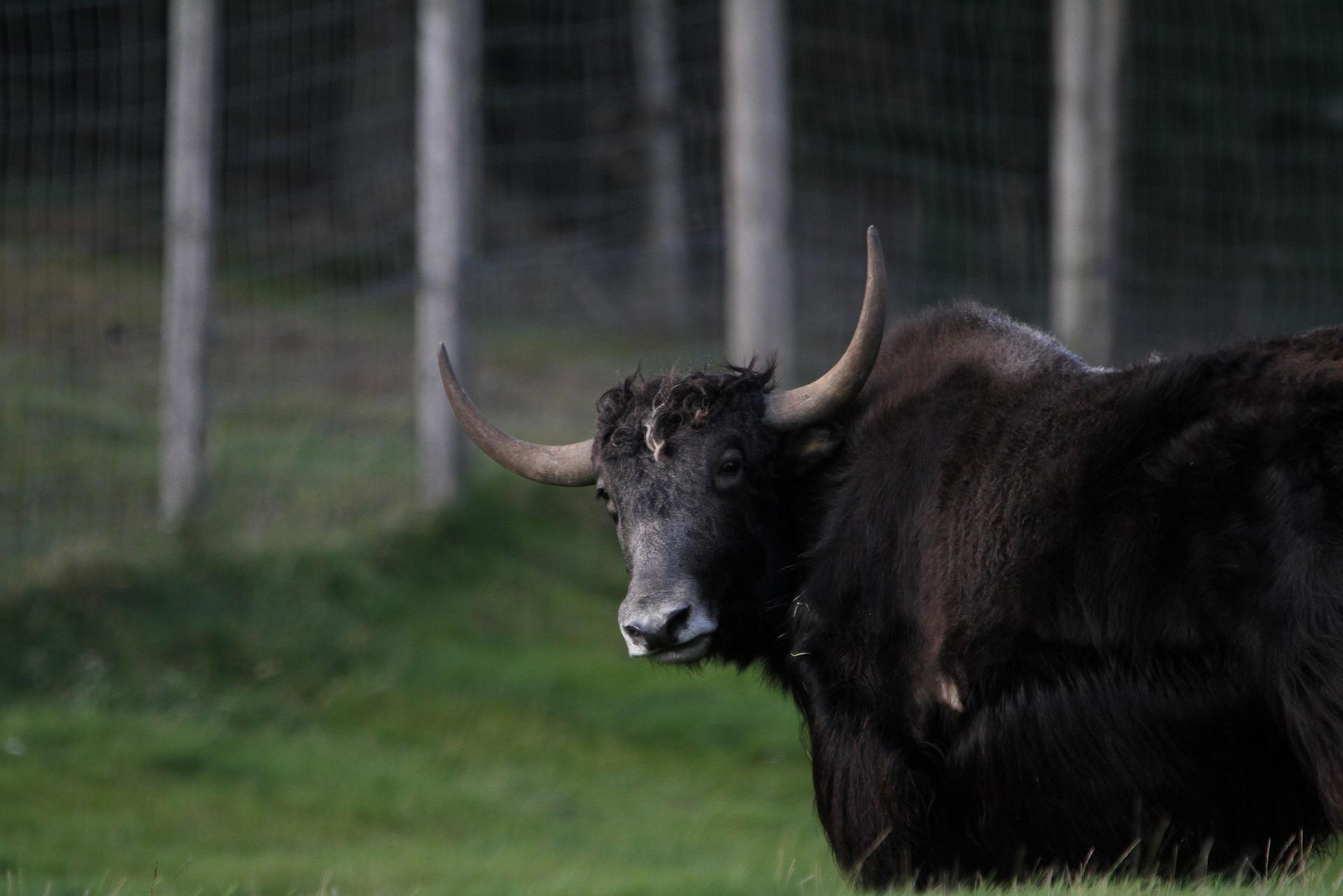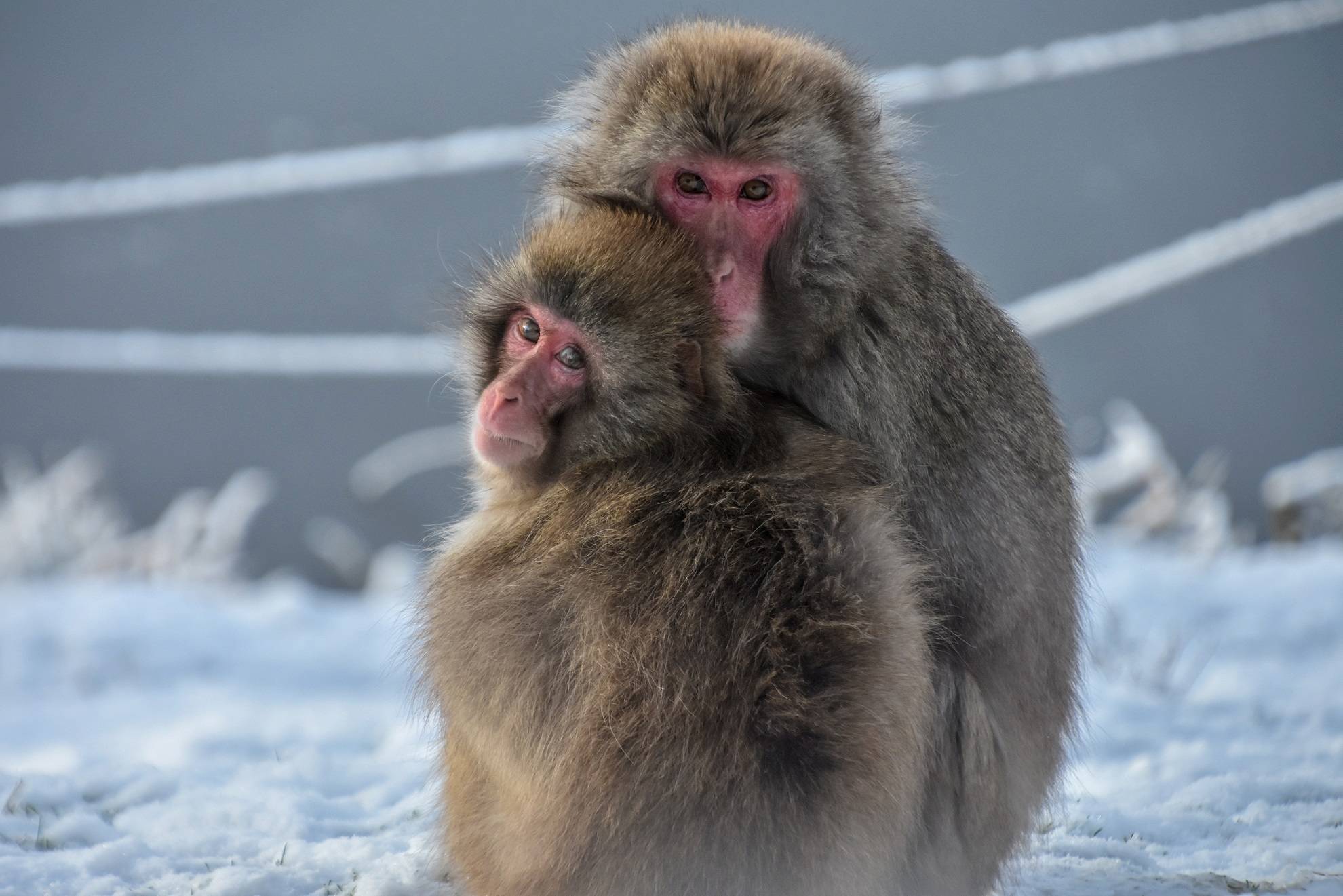Domestic yak
Bos grunniens

We have a small herd of yak - Cuthbert, Benny, Colin and Beau. Domestic yaks are sturdy animals that have been essential to the livelihoods of people in the Himalayan region and the Tibetan Plateau for thousands of years.
They are well-adapted to high altitudes and cold climates, possessing thick, shaggy coats and large lung capacities. Their ability to thrive in harsh environments has made them indispensable to nomadic and semi-nomadic communities.
There are over 12 million domestic yaks in the world, while the wild yak (Bos mutus) population is thought to number much fewer
Population
Unknown
Diet
Herbivore
Habitat
Grasslands
Fact file
Domestic yaks cannot "moo" - only grunt, hence their Latin name "Bos grunniens" which means "grunting ox"
Their dried dung can be used as a fuel source in areas where wood is scarce
Both male and female yaks have upwards-curving horns
Yaks are known to be generally gentle animals, though they are very protective of their young

How we're helping
Like all the animals in our care our yak are amazing ambassadors for their relatives in the wild and help hundreds of thousands of people connect with nature every year. They encourage visitors to learn about the threats facing wildlife and the action they can take to help create a world where nature is protected, valued and loved.
As a wildlife conservation charity, we care for the animals here at the zoo and work to protect species at risk around the world. From providing expertise in genetics and veterinary health, to protecting wild places with local conservation partners, and even restoring threatened species to the wild, we are active where we are needed most.
Find out more about RZSS conservation
